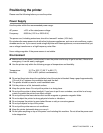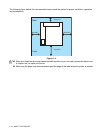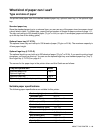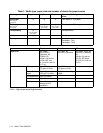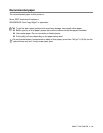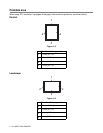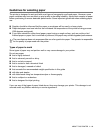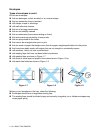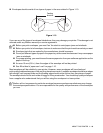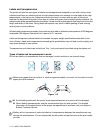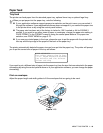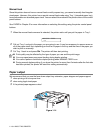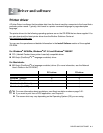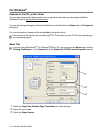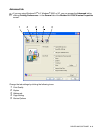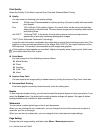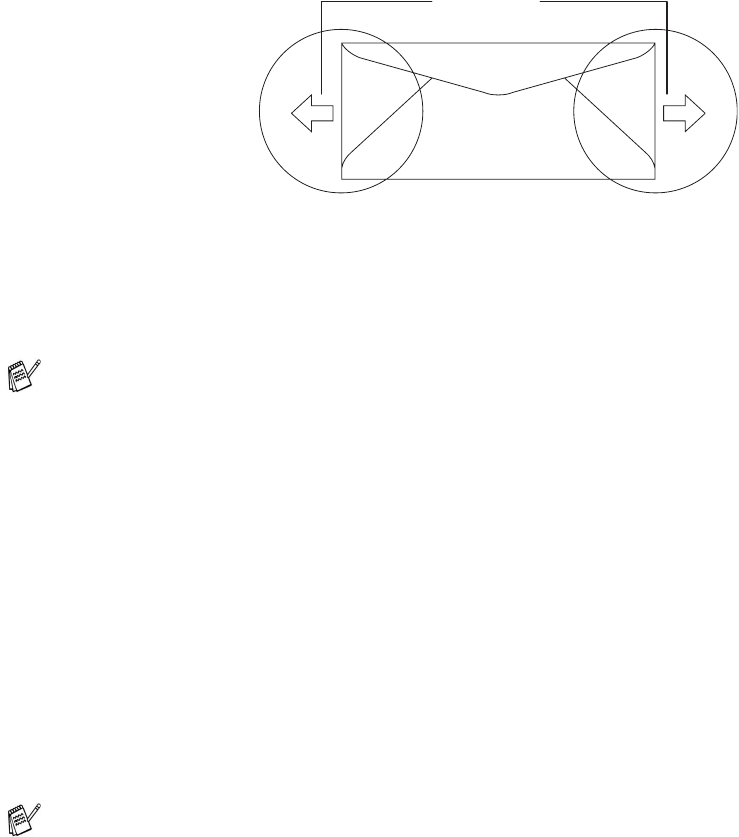
ABOUT THIS PRINTER 1 - 16
■ Envelopes should consist of two layers of paper in the area circled in Figure 1-10.
Figure 1-10
If you use any of the types of envelopes listed above, they may damage your printer. This damage is not
covered under any Brother warranty or service agreement.
Most envelopes will be suitable for your printer. However, some envelopes will have feed and
print-quality problems because of the way they have been made. A suitable envelope should have edges
with straight, well-creased folds and the leading edge should not be thicker than two pieces of paper.
The envelope should lie flat and not be of baggy or flimsy construction. You should buy quality envelopes
from a supplier who understands that you will be using the envelopes in a laser printer.
■ Before you print envelopes, you must ‘fan’ the stack to avoid paper jams and misfeeds.
■ Before you print a lot of envelopes, test one to make sure that the print results are what you want.
■ Envelope joints that are sealed by the manufacturer should be secure.
■ Do not put different types of paper in the paper tray at the same time because it may cause paper
jams or misfeeds.
■ For proper printing, you must choose the same paper size from your software application as the
paper in the tray.
■ An area 15 mm (0.6 in.) from the edges of the envelope will not be printed.
■ See What kind of paper can I use? on page 1-10.
Brother will not recommend a particular envelope because envelope manufacturers may change
the envelope specifications. You are responsible for the quality and performance of the envelopes
you use.
Feeding
direction



